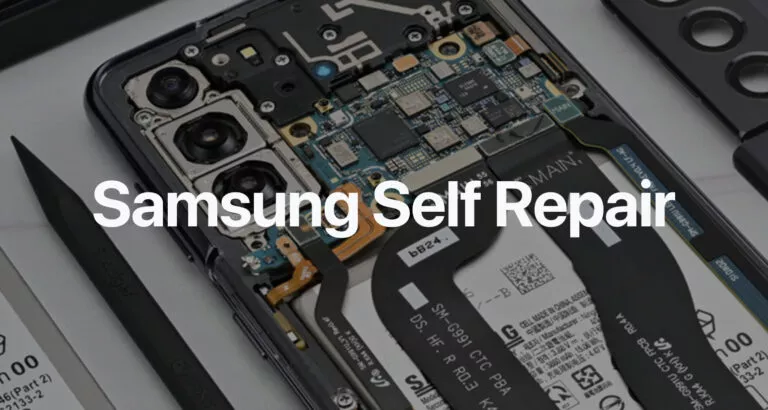Google Whitechapel (GS101) Roundup: Specs, Release Date, And More

Google Whitechapel or the GS101 (Google Silicon) has been on the rumor mill for over a year now. There’s a chance that the upcoming Pixel 6 will be powered by Google Whitechapel.
The Mountain View titan has created some of the best Android phones in the Pixel and the Nexus lineup. So it is naturally time for the next step, which is to develop its own home-brewed processor. Since it has been in the rumors for over a year now, there are several details we can talk about. So here’s everything we know about Google Whitechapel.
Google Whitechapel: Everything We Know
Designed By Google, And Samsung

The Google Whitechapel is expected to be on the bleeding edge 5nm design. The company has collaborated with the Samsung System Large-scale Integration (SLSI) division to design the chip. Samsung has a lot of experience with silicon as the company has been manufacturing its own line of Exynos chips for a long time now.
Google Whitechapel Performance
According to reports, the GS101 will be equipped with a three-cluster design, similar to that of the Snapdragon 888. It’ll pack two ARM Cortex-A178 cores, two Cortex-A76 cores, and four Cortex-A55 cores.
This setup is slightly different from that of the Snapdragon 888, which uses a Cortex-X1 core as the third cluster. So we’ll get a new design but with upper-mid range performance that is typical of the Pixel devices. The new structure plus Google’s fresh approach could also translate into a performance boost close to the flagship Android devices.
The new Google silicon is expected to be equipped with a Mali GPU based on ARM Valhall architecture. Since it is a relatively new architecture, it’ll make the upcoming Google Pixel phones future-proof.
On the contrary, one may also question the performance of Samsung Exynos chips when compared to their Qualcomm counterparts. While Exynos chips are good, their performance is almost at par, but never equal to that of the Qualcomm chips. We can only hope Google fine-tunes its chip enough to match the Qualcomm equivalents.
Better AI And Security

This isn’t Google’s first rodeo into the chipset world. Before Google Whitechapel, the company has designed the Pixel Visual Core to deliver brilliant software enhancements for Pixel photos. It also came up with the Titan M security chip and then the Soli radar chip.
After all this, we can say it is only natural for Google to make its own SoC for Pixel smartphones. The Google Whitechapel features can include better AI processing through Google TensorFlow. We may also see the Titan M security and Pixel Visual Core making their way to Google silicon with better integration.
It could translate to more features and snappier performance in a better put-together package. The usability of Google silicon doesn’t end here. There are also rumors that the company plans to put the Google Whitechapel on Chromebooks in the future.
I personally admire the idea of Chromebooks but the specifications have scared me away from making the switch from my MacBook Air. With the GS101, that may change and people might embrace Chromebooks better.
Google Whitechapel Release Date
One of the questions that everyone wants to know is when is the Google Whitechapel releasing? The GS101 might debut this year on the Pixel 6. Folks at 9to5Google have decoded the names ‘Raven’ and ‘Oriole’ to be the upcoming Pixel phones with Google silicon.
Assuming this is true, the Google Whitechapel release date could be sometime in October 2021. That said, it’ll be competing for neck and neck against the iPhone 13 lineup, and the future Samsung flagships.
We think that the Pixel 6 will be aggressively priced in the upper mid-range. That puts it around the $699 mark. With Google probably betting on its first all-Google phone, we’re likely to see a competitively-priced phone to make a mark in the market.
Rounding Up

Google jumped into the mobile world as a software company, providing us with Android and then the Chrome OS. Over time, Google Mobile Services have evolved into snappy and well-integrated solutions in our Android phones.
That said, Google’s transition to its own silicon shows that the company has some big future plans. Recently, the Apple M1 chip gave new life to the MacBook lineup. Google doing the same might add the needed performance boost to the Pixel phones and, hopefully, Chromebooks.
The Google Pixel lineup was supposed to represent the best of Android. However, over the years, the Pixel evolved into a lineup of some of the best mid-range phones. Consider them the jack of all trades but master of none. With the free Google Photos and Drive storage gone, the Pixel also lost the edge it had over other phones. Cameras are good, but there’s a hardware limitation. Performance is there, but no flagship chipset. Good build, but no premium materials.
That’s something we hope Google will try to change with the Whitechapel. Following in Apple’s footsteps in terms of chip making, let’s see what’s next for the Mountain View giant.






